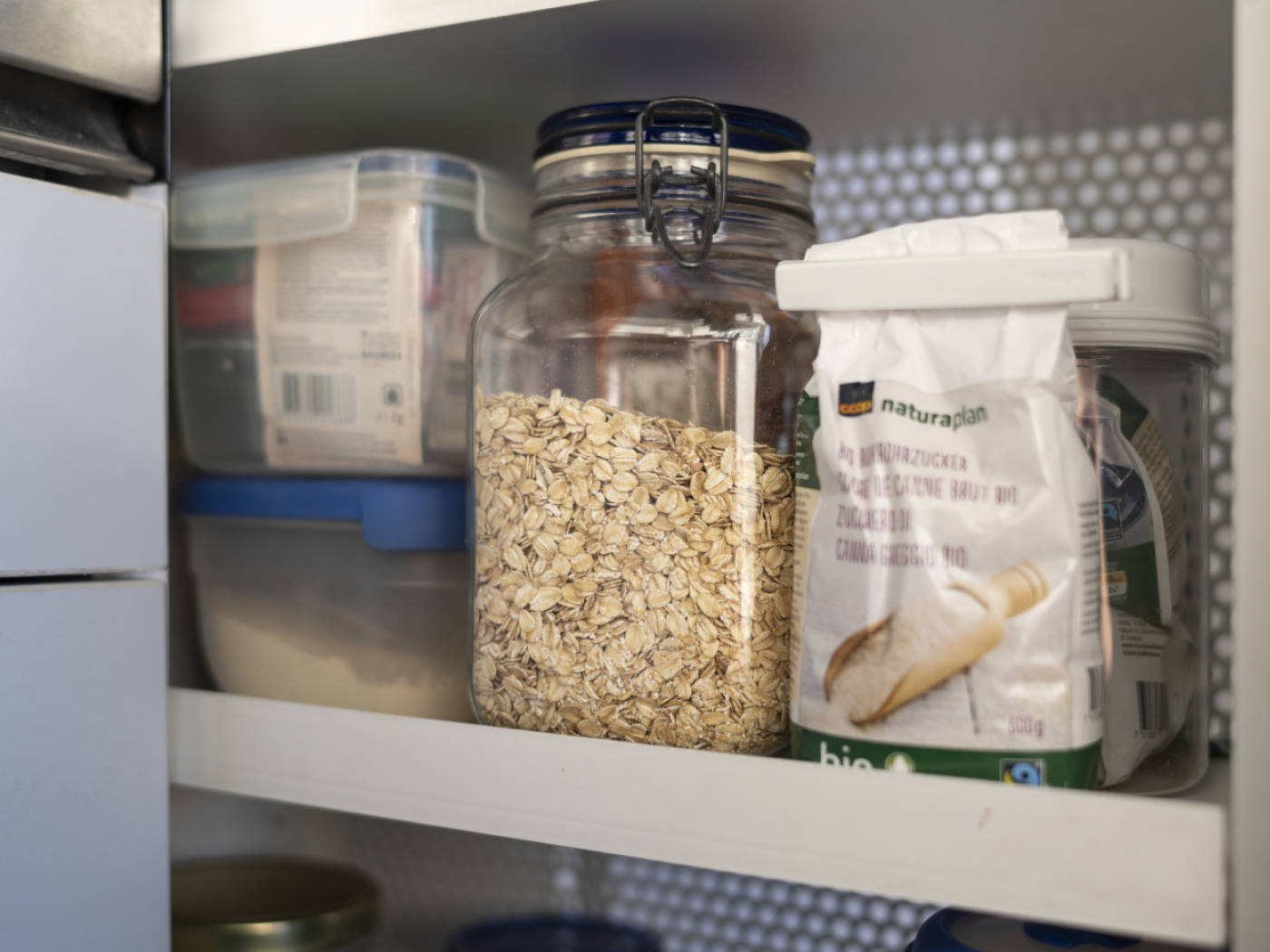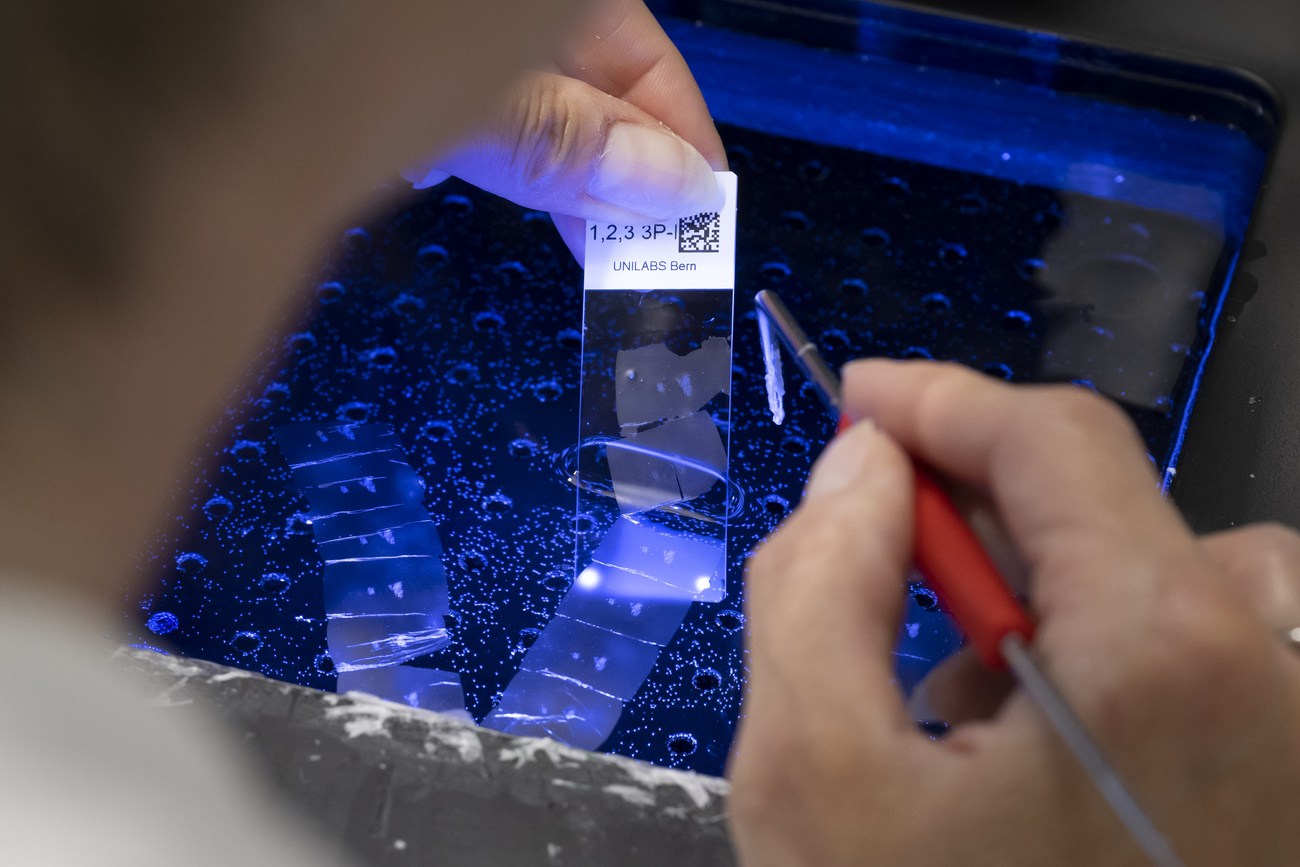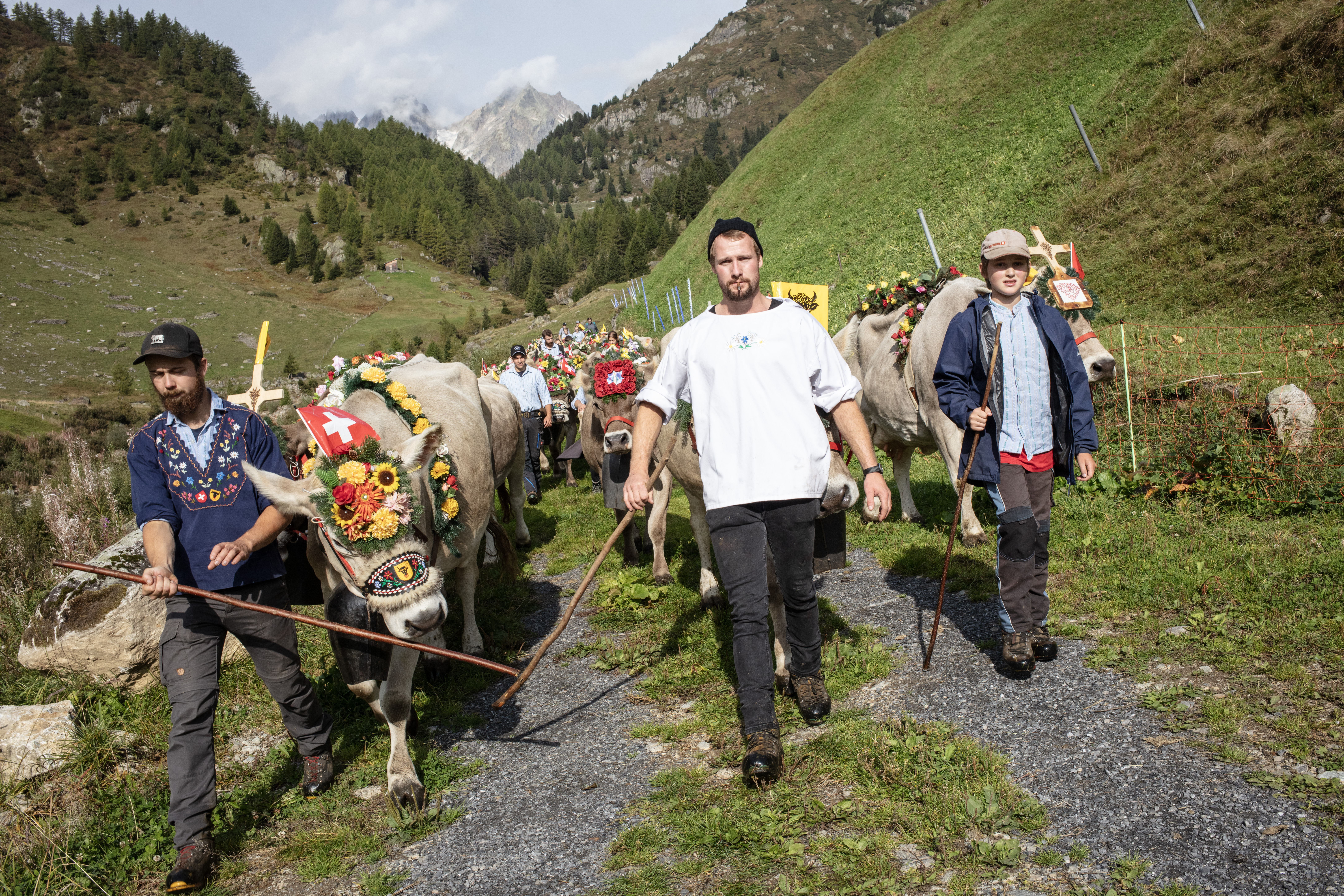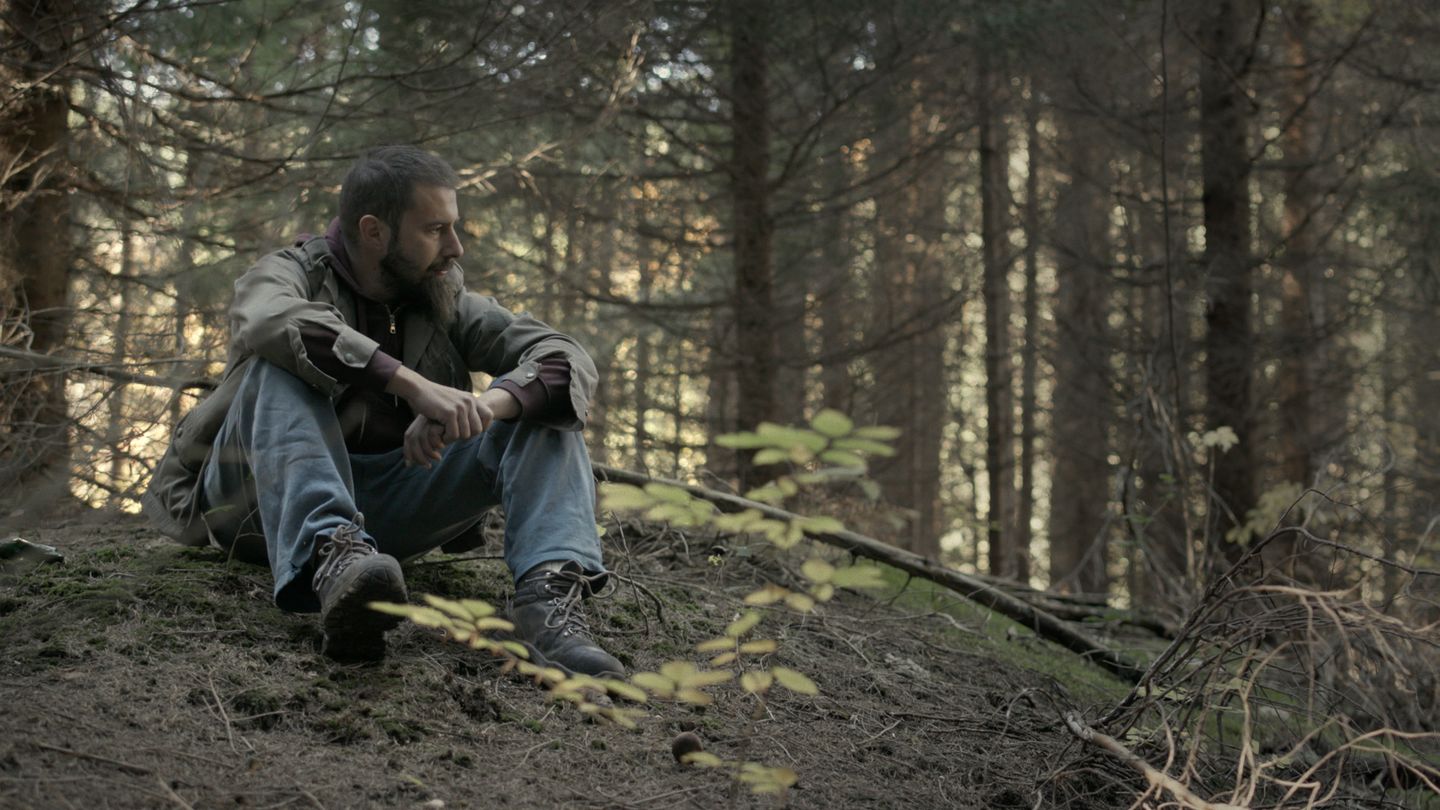
Researchers investigate long-lost Swiss oat variety

Information on the genetic make-up of the oat variety "Hatives des Alpes", which was once widespread in the Swiss Alps, has been incorporated into an international oat gene atlas. Researchers hope this information can help develop new oat varieties.
+ Get the most important news from Switzerland in your inbox
This atlas, published in the scientific journal Nature, collects the genetic information of oat varieties and shows which genes are present in all oat plants and which are specific to individual varieties, explained Swiss federal technology institute ETH Zurich in a press release on Thursday.
“The specific genes can be of interest for breeding,” explained ETH researcher Bruno Studer, who was involved in compiling the atlas, in the press release. For example, the “Hative des Alpes” variety has genes that make it resistant to certain diseases, as well as genes that make it particularly suitable for cultivation in the Alpine region. “If you know these genes and what they do, you can specifically cross them into another variety,” says Studer.
Disappeared during the Second World War
The “Hative des Alpes” oat variety was widely cultivated in Switzerland between 1910 and 1930. It disappeared completely from Swiss fields after the Second World War.

More
Sushi rice instead of potatoes? Swiss agriculture adapts to climate change
Before its disappearance, however, its seeds were handed over to the seed library of the Vavilov Institute in St. Petersburg for safekeeping in 1925.
According to ETH Zurich, the seeds were returned to the Swiss Federal Centre of Excellence for Agricultural Research (Agroscope) in 2012. Agroscope researchers then began to propagate the oat variety.
Studer obtained seeds from this offspring for further investigations. Together with his team, he grew more plants and isolated the DNA and RNA molecules from them. Finally, the researchers decoded all the genes and analysed which of them were active in which parts of the plant – roots, leaves or flowers.
Translated from German by DeepL/jdp
We select the most relevant news for an international audience and use automatic translation tools to translate them into English. A journalist then reviews the translation for clarity and accuracy before publication.
Providing you with automatically translated news gives us the time to write more in-depth articles. The news stories we select have been written and carefully fact-checked by an external editorial team from news agencies such as Bloomberg or Keystone.
If you have any questions about how we work, write to us at english@swissinfo.ch

In compliance with the JTI standards
More: SWI swissinfo.ch certified by the Journalism Trust Initiative




























You can find an overview of ongoing debates with our journalists here . Please join us!
If you want to start a conversation about a topic raised in this article or want to report factual errors, email us at english@swissinfo.ch.